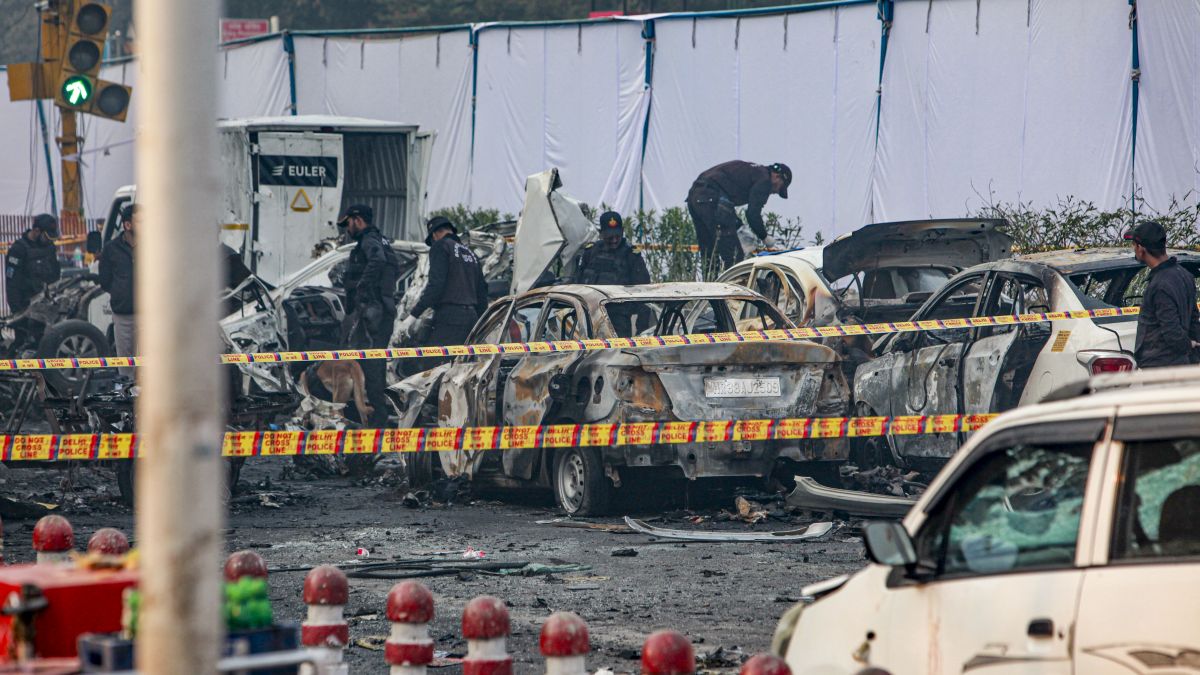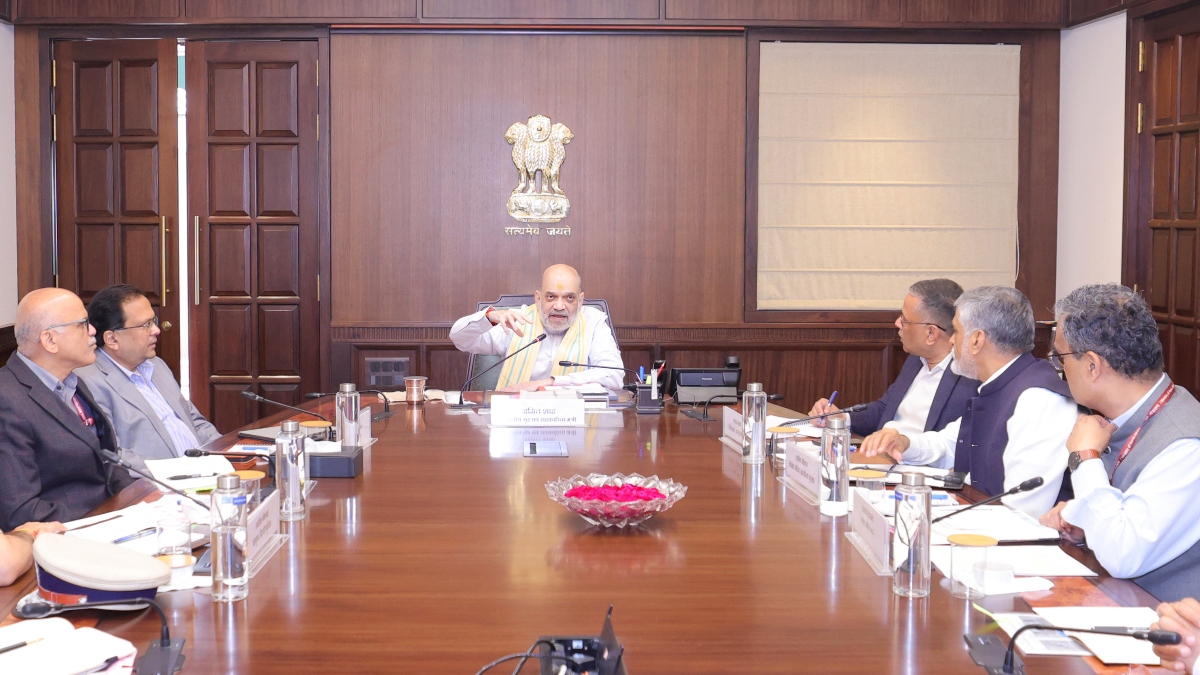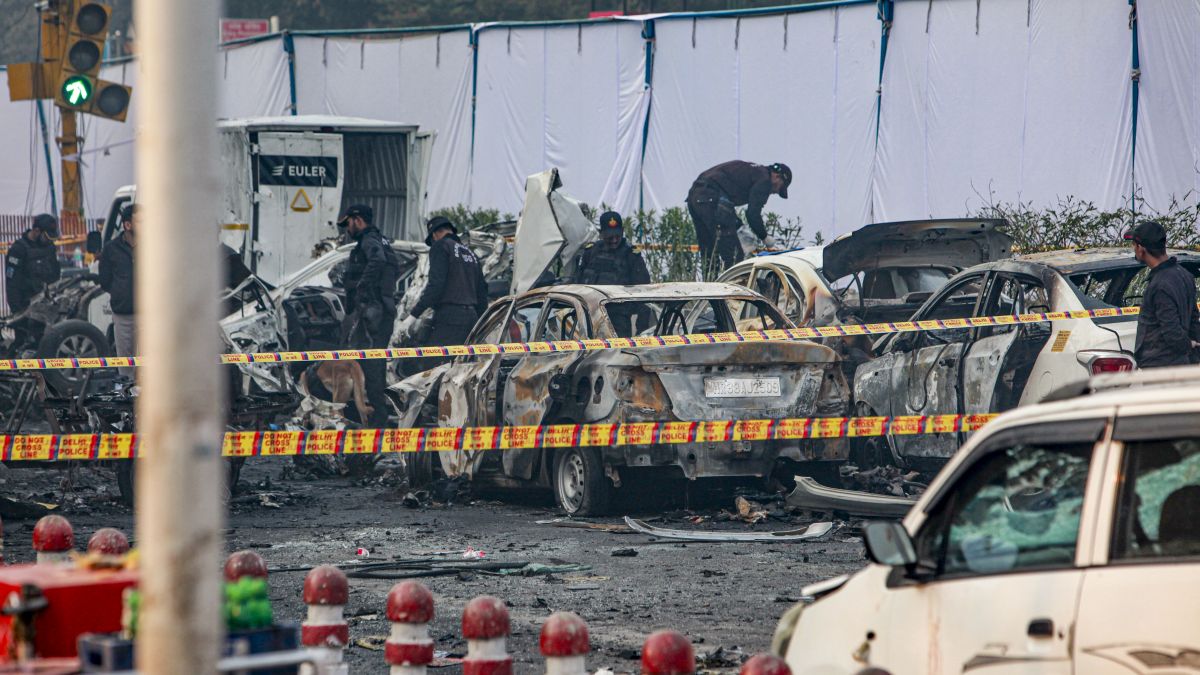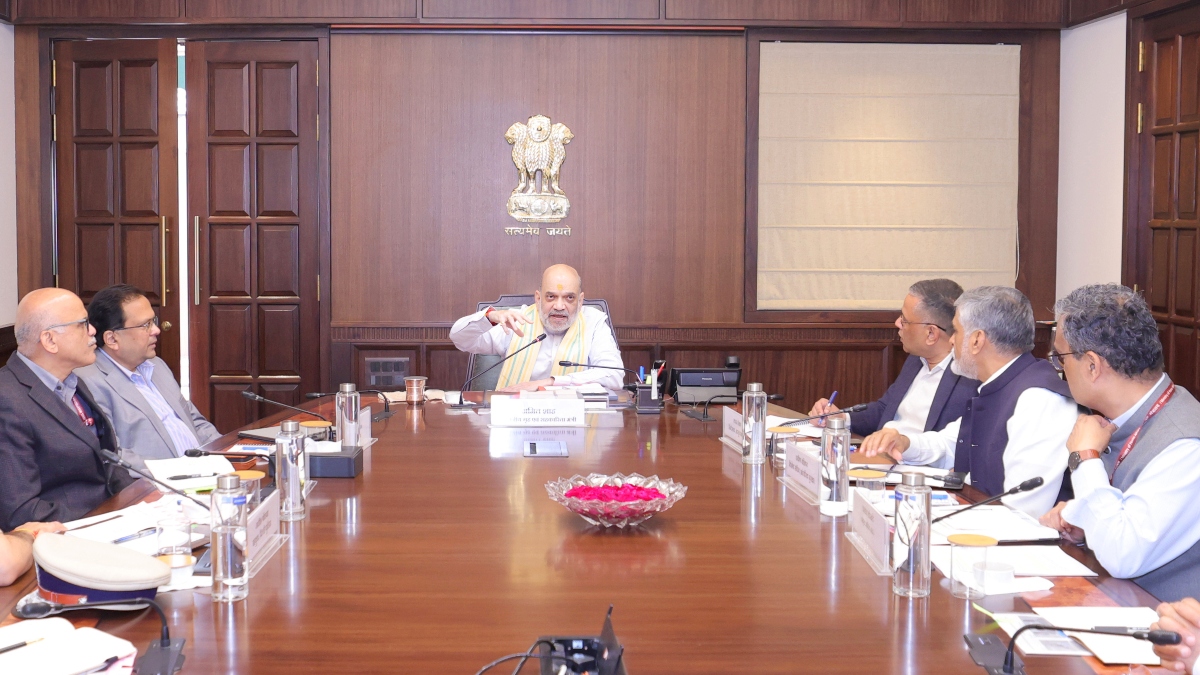Efforts across Europe to reinforce air defence systems against increasing drone incursions have led to the development of a miniature guided interceptor system, named the Mark 1, which is being developed by Frankenburg Technology, a defence company headquartered in Tallinn, Estonia.
The missile is intended to counter large-scale drone attacks at short distances and low altitudes, particularly those involving the types of long-range unmanned aircraft that Russia has increasingly used in the conflict involving Ukraine and in airspace incidents involving Nato territory.
The Mark 1 is notable for its compact structure. At a length of around 65 centimetres, it resembles a small model rocket and is shorter than an average human arm, reported The Telegraph on Monday.
The interceptor employs artificial intelligence guidance and is designed to operate independently after launch, eliminating the need for a constant data connection between the launcher and the missile in flight.
This characteristic is intended to reduce vulnerability to jamming and signal interference, forms of electronic disruption that have become common in modern warfare environments.
Frankenburg Technology has stated that the objective of the programme is to create a low-cost system that can be produced at scale.
Estimates referenced publicly place the projected cost of each missile at around one-tenth the price of established Western short-range air-defence interceptors.
The company has also disclosed to The Telegraph that accuracy currently stands at a little above half of all test engagements, with ongoing engineering work directed at improving precision with the goal of achieving higher consistency over the course of the manufacturing program.
Kusti Salm, the chief executive of Frankenburg and a former senior defence official in Estonia, has described the aim of the project in direct terms.
“We are not afraid to say we are manufacturing them to take down Russian long-range drones,” he said regarding the intended role of the system.
He added that the capability is expected to become increasingly necessary among Western defence planners in the coming five to ten years.
Why Europe has decided to use defence systems like Mark 1
The use of unmanned aircraft has expanded significantly during the ongoing war in Ukraine, where Russia has deployed mass-produced long-range drones, including models sourced externally.
These systems are comparatively inexpensive, and have been used in large numbers to target infrastructure, industrial sites, and defensive positions.
This has prompted European militaries and Nato to reexamine the cost ratios involved in countering unmanned threats using existing air-defence inventories.
In one of many incidents earlier this year, Nato fighter aircraft were scrambled to intercept drones entering the airspace over Poland. The aircraft involved reportedly used air-to-air missiles designed for engagements against high-value or high-speed targets.
The cost of each missile used in such scenarios can exceed the cost of the drone many times over, raising concerns that traditional defence responses may become financially unsustainable if drone strikes continue at current or increased frequency.
The disparity between the expense of interceptor ammunition and that of the drones being intercepted has influenced discussions among European governments. One proposal introduced by officials in Nato member states involves the establishment of a coordinated defence architecture along the alliance’s eastern boundary.
The concept has been referred to as a “drone wall,” combining electronic countermeasures, surveillance networks, and interceptors capable of being produced in large quantities for continuous operational use.
Salm has stated that one of the primary objectives behind the Mark 1 is to provide a practical response to this economic imbalance.
The system is designed to be manufactured in large daily quantities, making it possible for European defence forces to maintain inventories sufficient to respond to prolonged or high-frequency drone incursions without exhausting strategic resources.
What we know about the Mark 1
The Mark 1 integrates propulsion, flight control, explosive payload, and sensory components into a compact airframe.
The design constraints created by the missile’s small size have required significant engineering adjustments to maintain flight stability as propellant is consumed.
Changes in weight distribution during burn can affect trajectory and orientation, which must be accounted for in both physical structure and guidance algorithms.
The interceptor uses AI-based targeting to direct itself toward an identified drone during flight. Once launched, the missile does not require ongoing external control inputs or continuous communication with the operator.
This independence is intended to allow the system to function even in circumstances where radio frequencies are contested or where communication signals are intentionally disrupted.
The guided nature of the system differentiates the Mark 1 from manually piloted interceptor drones used elsewhere, which depend heavily on operator skill to make contact with a target.
The missile is optimised for short-distance engagements, with a reach of approximately 1.2 miles (about 2 kilometres). This places the system within the category of short-range defence solutions focused on low-altitude threats.
While this limits its operational scope to engagements relatively close to its launcher, the system is intended to be deployed in numbers that can cover key fixed locations or moving platforms depending on situational needs.
The company has established production infrastructure in two Nato countries, although it has not disclosed further details regarding the precise locations. The stated production objective is to manufacture hundreds of units per day once full-scale output is reached.
The strategy behind the manufacturing approach is to avoid the slow, specialised fabrication practices that are associated with high-performance interceptor missiles traditionally used in Western militaries.
The cost goal associated with the Mark 1 is defined relative to known procurement prices for short-range missiles in service with some Nato members.
Public pricing figures for systems such as the Stinger indicate per-unit costs in the hundreds of thousands of dollars, exceeding the projected cost of the Mark 1 by roughly a factor of ten, based on statements provided by Frankenburg representatives, reported The Telegraph.
What challenges the Mark 1 is facing
The development of the Mark 1 has involved personnel with prior experience designing and integrating systems used in established European defence programmes.
The chief engineer associated with the interceptor previously worked on the Iris-T air defence system, which is fielded by multiple Nato members and has been supplied to Ukrainian forces.
Another senior engineer involved in the project has previously contributed to the Spear III programme in the United Kingdom.
Missile analyst Fabian Hoffmann has commented publicly that while expertise exists across industry and government in designing individual missile subsystems — including propulsion components, guidance sensors, and payloads — the number of specialists capable of overseeing complete system integration remains limited.
Hoffmann noted that the ability to resolve design issues often depends on engineers with long-term experience and knowledge of previous test outcomes, which is difficult to replace or document comprehensively.
Salm has stated that some engineers involved in the project have been drawn to the work due to concerns over current international security conditions.
“There’s a lot of people who wake up in the morning, read the news and are angered by the injustice going on in the world,” he told The Telegraph.
He added that the company considers itself one of the few places within Europe where individuals with specialised technical skills can contribute directly to addressing those concerns.
What else is Europe planning vis-à-vis unmanned systems
The Mark 1’s development is occurring alongside other projects in Europe aimed at addressing the proliferation of unmanned aerial systems.
A separate initiative in Sweden, involving a company known as Nordic Air Defense, has produced a kinetic mini-interceptor referred to as the Kreuger 100. This system does not rely on explosive warheads and is priced at a substantially lower cost point.
It is intended to defeat drones through physical impact and is described as a non-explosive option suitable for civilian areas where collateral damage must be minimised.
Although the Kreuger 100 and the Mark 1 are distinct in their engineering approaches, both reflect a shift in strategic emphasis toward lower-cost interceptors that can be deployed repeatedly against drone threats.
This shift is driven by patterns of drone usage observed during the war in Ukraine, where both Ukraine and Russia have utilised large numbers of unmanned platforms in offensive and defensive roles.
In Ukraine, domestic teams have used their own interceptor drones to counter incoming unmanned aircraft. These interceptors are significantly less expensive than guided missiles, though the success of such systems depends on the proficiency of trained operators.
European defence institutions do not currently have comparable numbers of such drone pilots available for round-the-clock defence across the wide span of Nato infrastructure.
Salm summarised the strategic intent as follows: “We aim to produce missiles 10 times cheaper and 100 times more than what’s currently possible.”
With inputs from agencies


)

)
)
)
)
)
)
)
)



